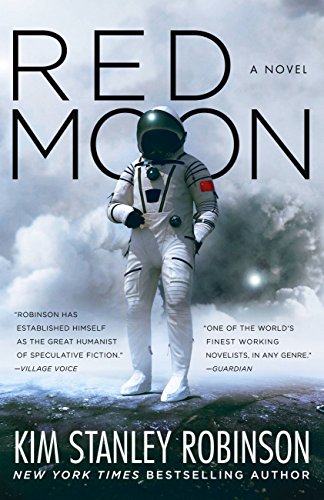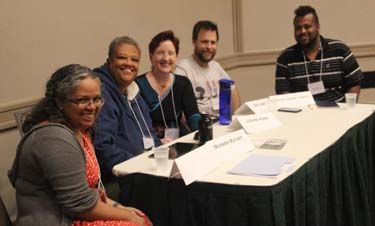Icehenge by Kim Stanley Robinson
Icehenge is Kim Stanley Robinson’s second published novel. It was published the same year as his first novel The Wild Shore, the first part in his THREE CALIFORNIAS triptych. The subject of Icehenge is very different from The Wild Shore. It would be selling the book short to say it is a first step towards his popular MARS trilogy because Icehenge is a very good novel in its own right,
Read More

 (1952- )
(1952- )
































Me, too! I think independent bookstore are enjoying a golden age, and I plan to continue to support that. One…
I read the most recent Elysian article. I tried not be bummed out, because I already knew most of it,…
Wow, I'm really impressed by the 15- and 20-year old owning and running their own bookstores! I loved books as…
There were two interesting articles about publishing that I ran across, the first via a link in the second: No…
My pleasure, Robin! And yes, it surely is some kind of an experience, to be sure....